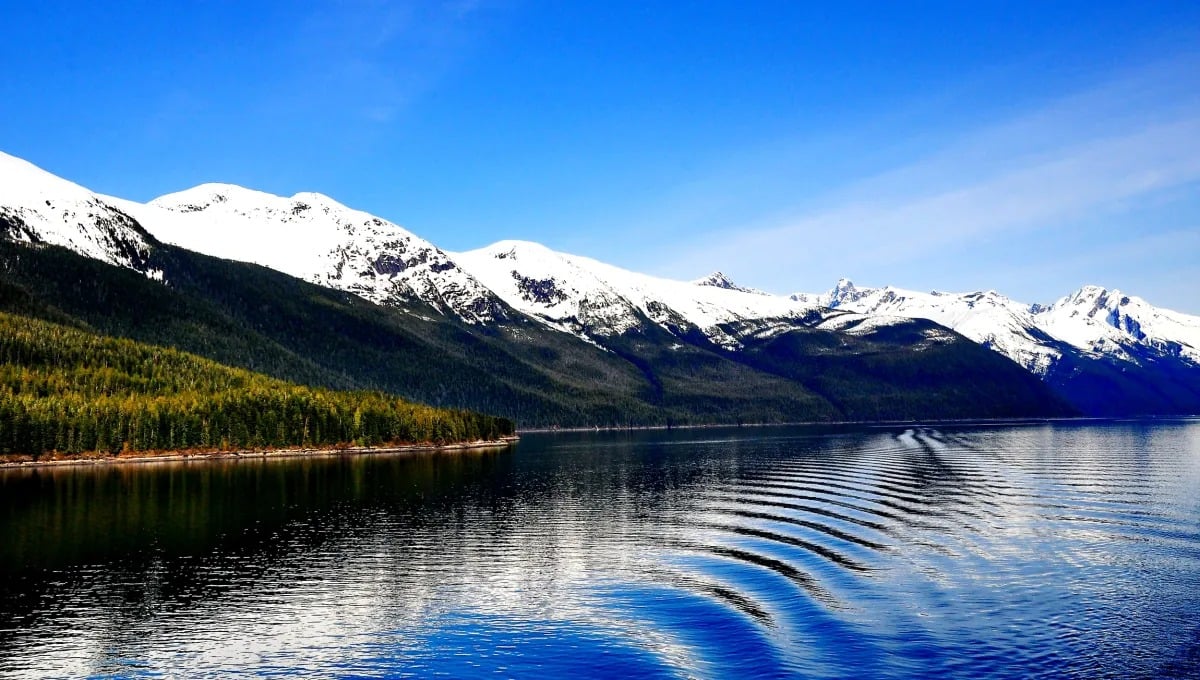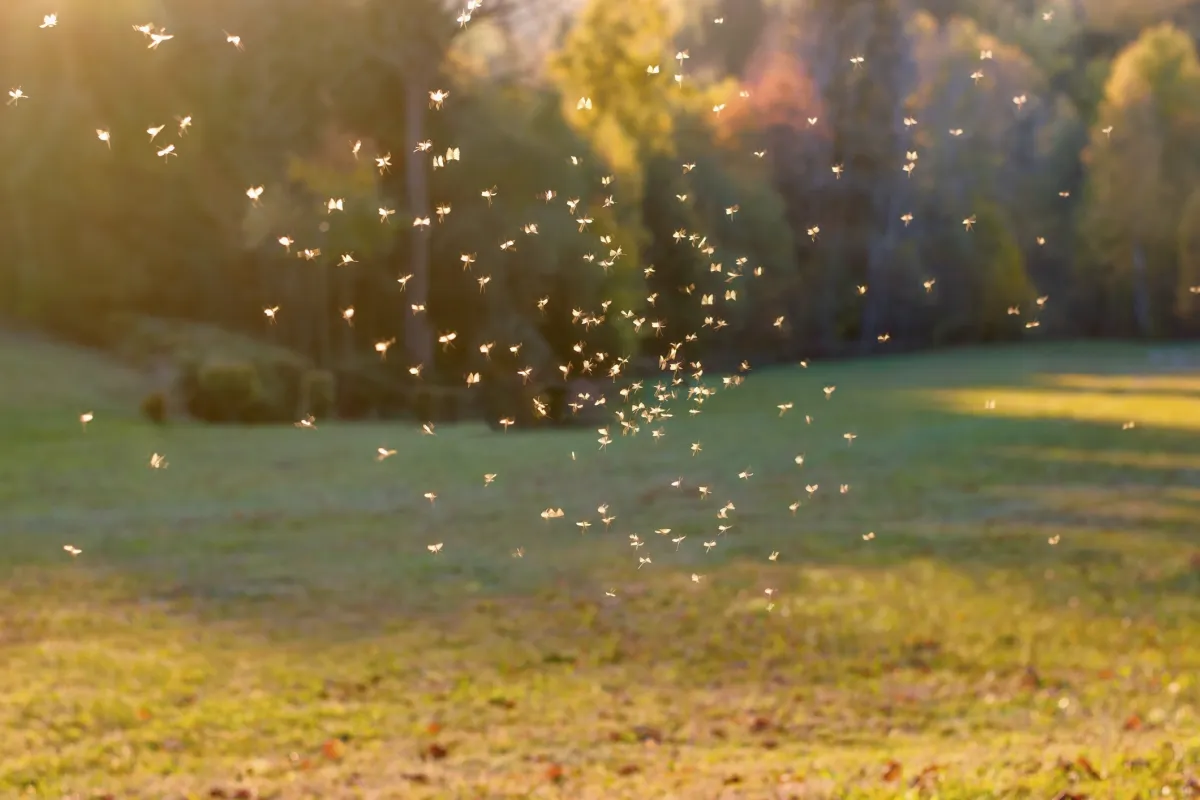
Alaskan summers, with their extended daylight and stunning scenery, are a marvel. Yet, they're also notorious for the swarms of buzzing insects that emerge as temperatures gradually climb. The local joke that the mosquito is the unofficial "state bird" of Alaska speaks volumes, but mosquitoes are just one of the many insects you'll meet in the Last Frontier.
Fortunately, the summer bug situation in Alaska isn't as dire as it's sometimes portrayed. With thoughtful planning and the right preparation, you can design a trip that lets you immerse yourself in Alaska's magnificent landscapes, largely undisturbed by the pesky buzz around you.
Why Summer is the Buggiest Season in Alaska

Summer in Alaska, particularly during June and July, transforms the environment into a breeding ground for various insects. The combination of melting snow, abundant water bodies, and warmer temperatures provides ideal conditions for insects to thrive.
You'll find the highest concentration of bugs in interior and arctic regions, where stagnant water and windless conditions are common – the perfect breeding grounds of a variety of Alaska’s flying pests.
Common Summer Insects in Alaska

Thankfully, Alaska is free of many of the disease-carrying insects commonly found throughout the rest of the United States, including ticks and chiggers. However, while you won’t need to worry about biting bugs crawling up your pants, you will need to be prepared for the flying masses of biting insects that swarm across Alaska during the summer months.
Some of the most common insects you will encounter include:
Mosquitoes
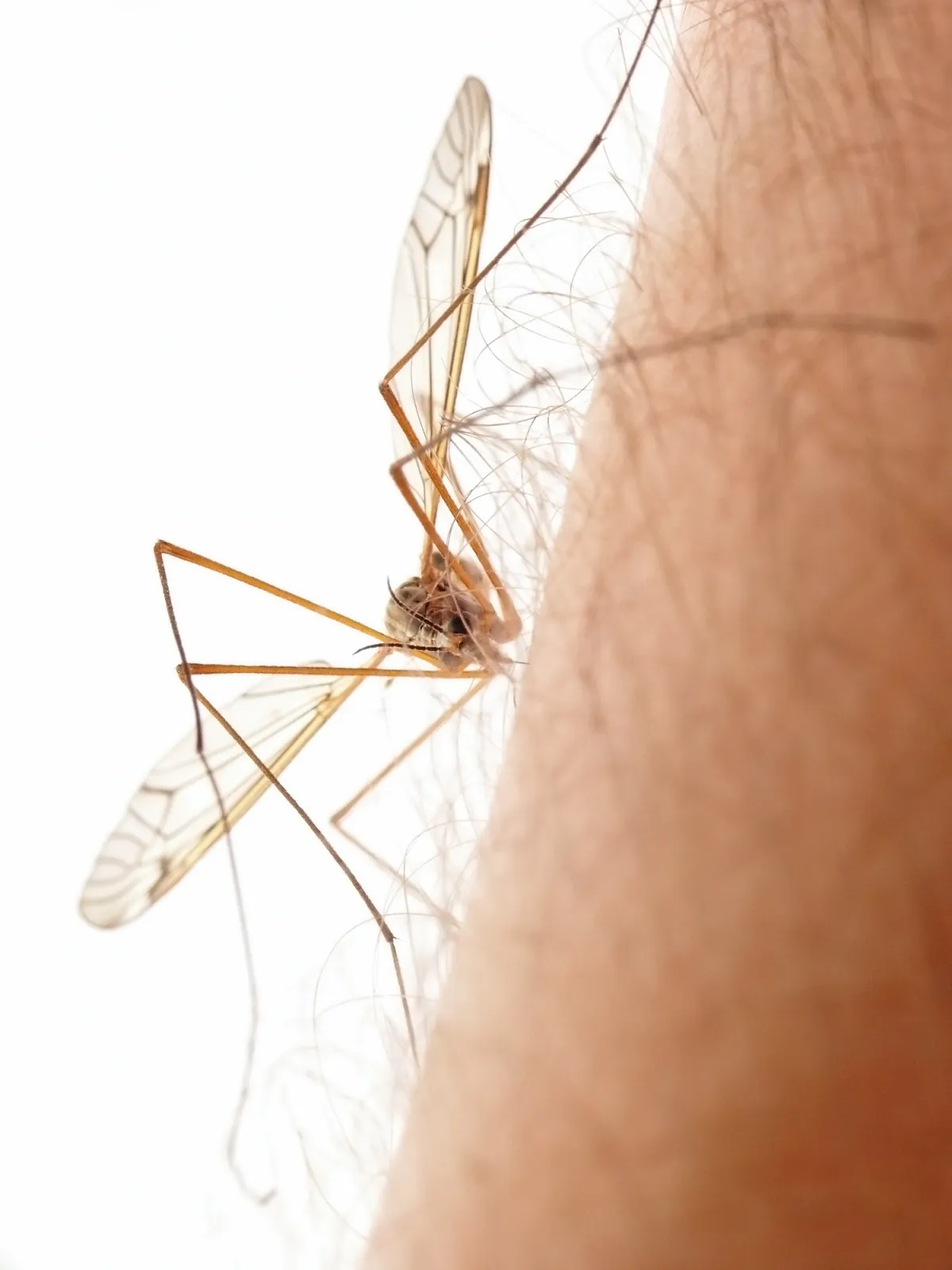
Alaska's mosquitoes are notorious for their size and swarms, though, thankfully, they don't carry diseases. They are particularly abundant in interior regions and are most active during dawn and dusk.
No-see-ums

Also known as biting midges, these tiny insects are smaller than mosquitoes but can be a nuisance in boggy areas, leaving itchy welts.
Spiders

Alaska hosts a few spider species, commonly found around shoreline rocks or across trails. Luckily, most are harmless to humans, with only the Northern Black Widow packing a big enough punch to have some irritation.
Bees
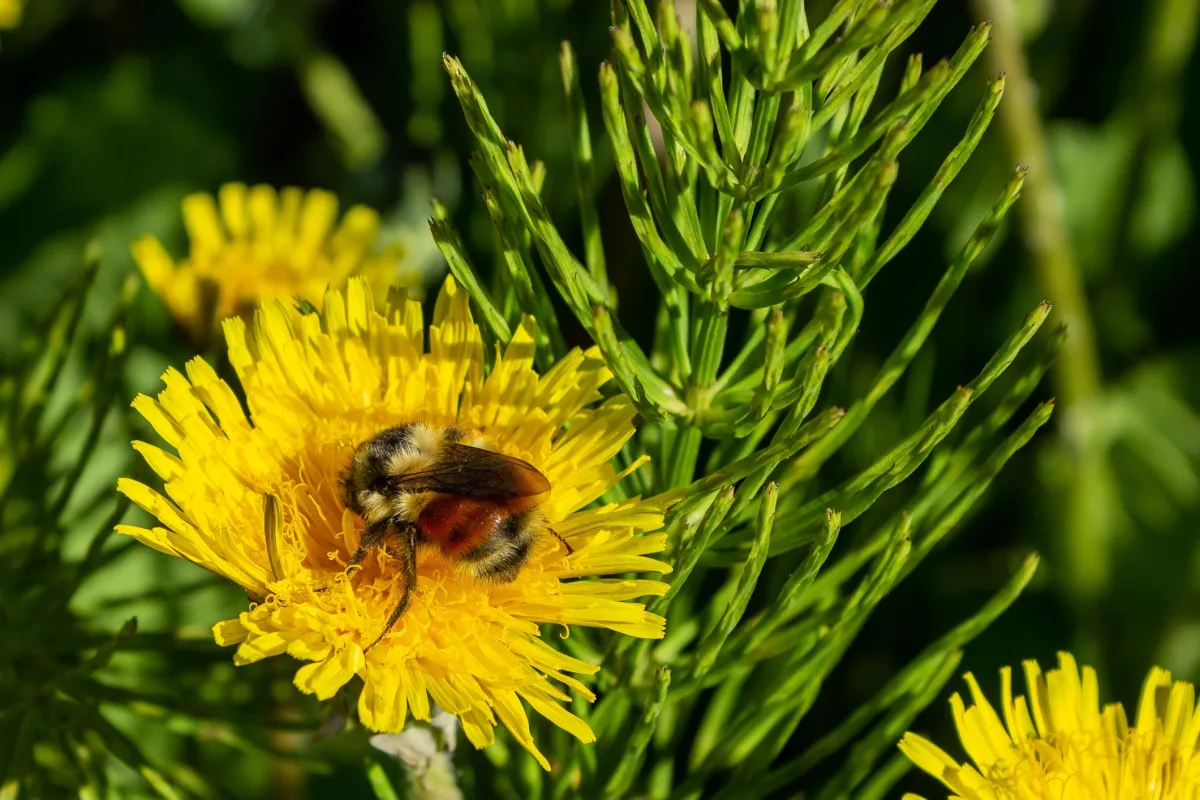
While bees are prevalent in wildflowers and berry bushes, they generally don't bother humans. It's important to respect these vital pollinators for Alaska's ecosystem, so leave them alone and they will leave you alone.
If you plan on picnicking outside or sitting on an outdoor patio, be prepared to encounter numerous bees as they pollinate the surrounding flowers.
Wasps
Wasps in Alaska can be found in wooded areas and near water sources. They are generally not aggressive unless provoked, but be sure to exercise caution when around fallen logs or under trees, as these are common areas for nests.
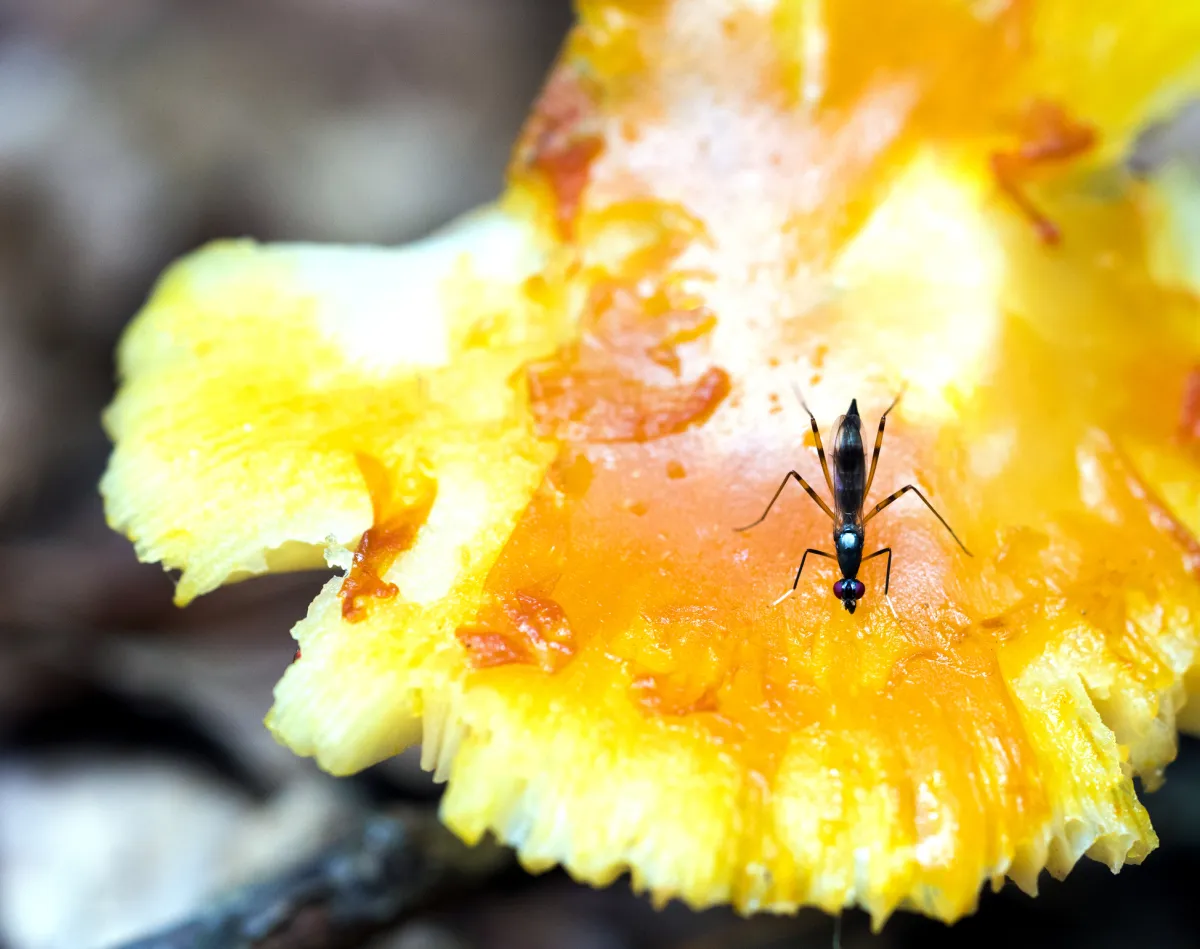
Black Flies
These small, biting flies are common in Alaska, especially near streams and rivers. They can be relentless biters and are known for their irritating bites.
Bug repellent and proper clothing goes a long way to helping you avoid these annoying pests, but be prepared to avoid rivers and lakes on non-windy days if you are particularly annoyed by buzzing around your ears.
Horse Flies

Larger than most other flies, horse flies are known for their painful bite. They are most active on warm, sunny days and are often found near water or livestock.
Bug-Free(ish) Destinations
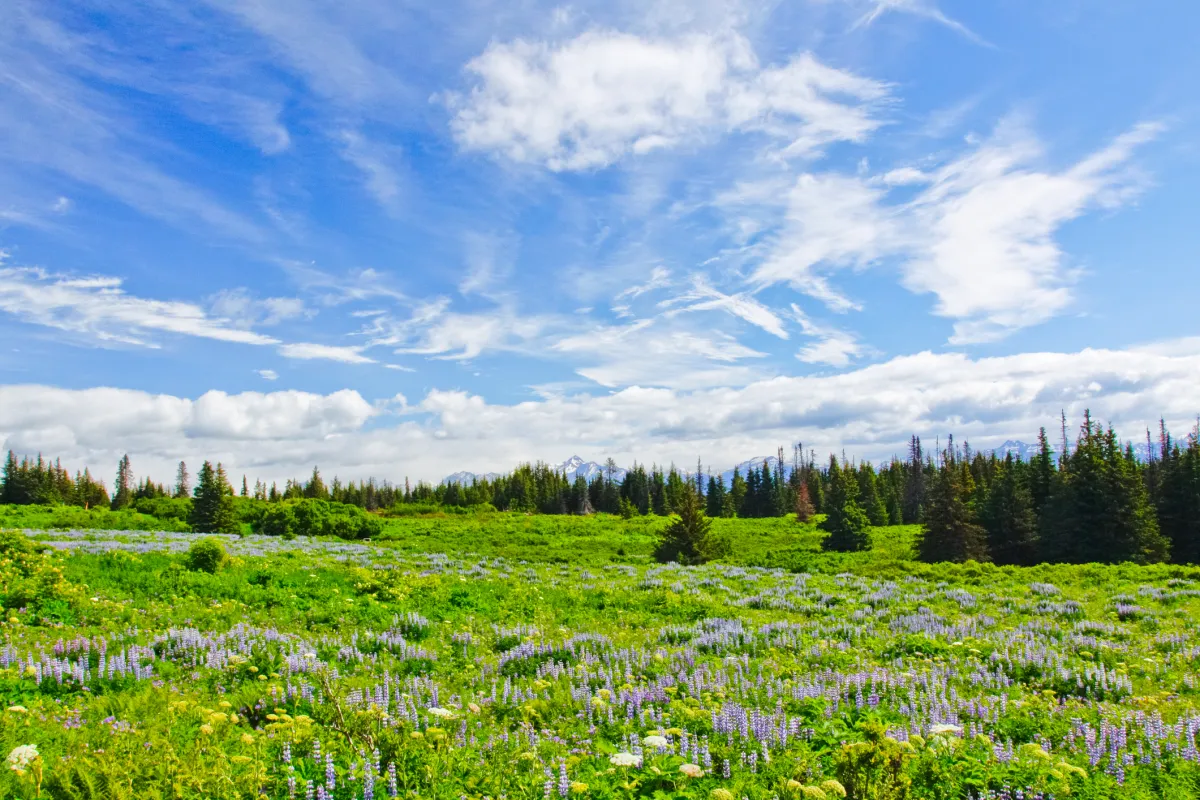
For those looking to minimize encounters with biting insects, coastal regions like the Kenai Peninsula, Southeast Alaska’s islands (Juneau, Ketchikan, Sitka), and Kodiak Island are preferable due to windy conditions and salty air. Urban areas like Anchorage and Fairbanks also tend to have fewer biting insects, due to more development.
While you’ve probably seen pictures of individuals covered in mosquitos in Alaska, luckily most of those areas are in the tundra or along the northern slope of the state.
However, as a general rule of thumb, be prepared to encounter mosquitoes, flies, and gnats around water, bogs, on non-windy days, and in the evenings everywhere in the state.
Preparing for Alaska’s Summer Bugs

Proper gear and planning can go a long way to ensuring you can continue to enjoy Alaska’s beautiful outdoors, even in the buggiest of areas. Here are some key tips to remember:
Clothing: Wear long-sleeved shirts, pants, and hats, even on warm days. Mosquitoes, gnats, and flies can’t bite through thicker layers of clothing, so by covering your skin, you can prevent most of the unpleasantness of itchy bites and rashes.
Avoid evenings and mornings: Plan outdoor activities when bugs are less active, typically in the middle of the day. If you do plan on being outdoors in the early morning or evening, be prepared with layers and bug spray.
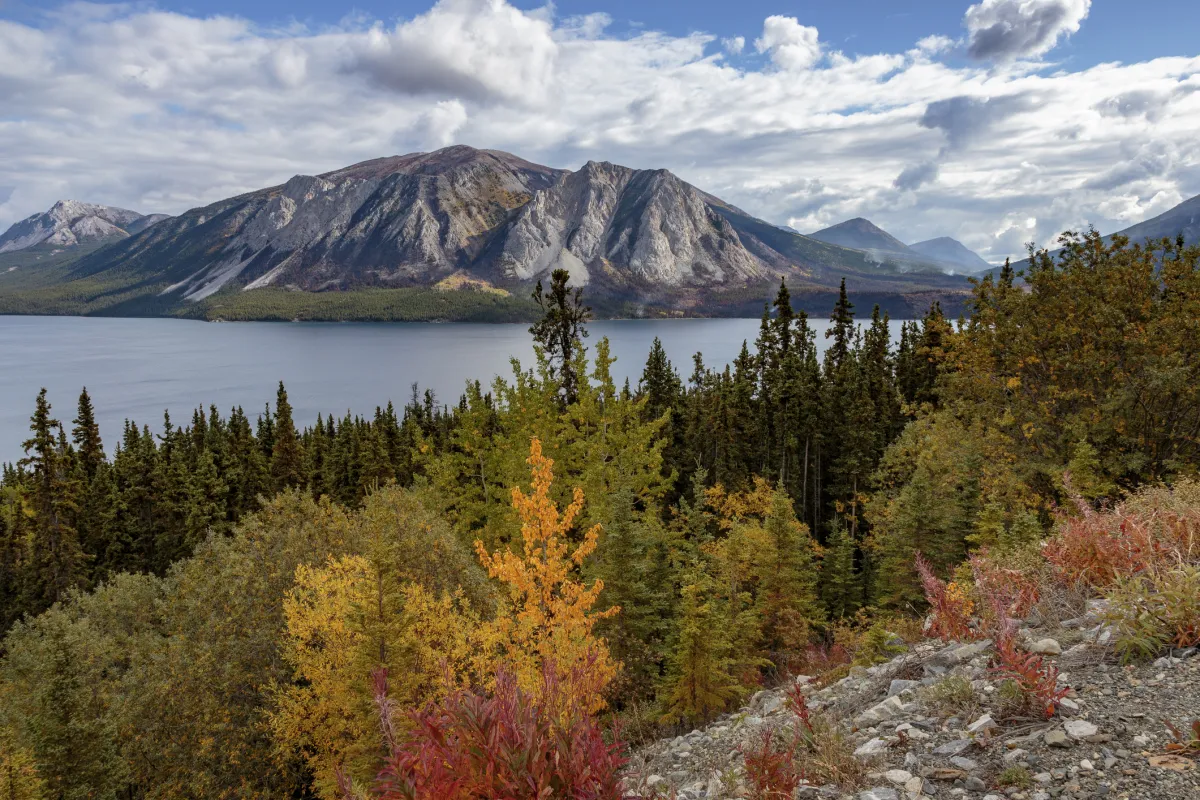
Coastal areas and wind: Insects struggle in windy conditions, so if you want to avoid most of the flying pests, consider planning your trip along the coast, where the wind will blow most of them away. If you plan on hiking or fishing, be prepared to encounter mosquitos and gnats in the shade and along the river banks on days with little to no wind.
Avoid Stagnant Water: Steer clear of still water sources where mosquitoes and gnats breed, including areas with bogs or river valleys.

Bug spray: Products containing DEET, Picaridin, or Lemon Eucalyptus Oil are effective against most of Alaska’s flying insects. You can spray these repellents on your clothes before heading out and reapply as needed as you are out exploring. Also consider picking up a bug net to wear around your face if you are heading into the tundra or camping overnight.
Camping gear: While Alaska’s summers can be buggy, they shouldn’t deter you from enjoying a night out under the stars. Pack a couple citronella candles for your trip and double-check that your tent has mosquito-proof netting, which will allow you to enjoy your time in the great outdoors. You can also help deter bugs from your camp by building a small fire, as the smoke can help keep mosquitoes and flies away.

